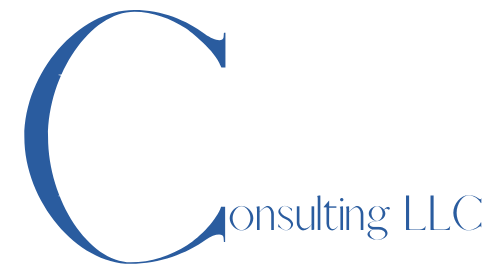Balancing on Strategy's Tightrope: The Non-Profit Leader's Odyssey
Imagine standing on a tightrope, high above a bustling city. You feel every gust of wind, every slight wobble, but to the world below, you must appear unshakeable. Walking a tightrope encapsulates the life of a non-profit leader, expertly balancing public assurance while privately wrestling with myriad challenges.
The question isn't just about having the right plans, but who can you turn to when the winds of uncertainty blow? The journey from a strategy session to executing your vision and plans is marked with hidden trials and tribulations. Sometimes, your instincts are your only guide, and this can be daunting. Discernment and self-awareness are crucial when on this metaphoric tightrope, and you must consider how voicing your fears might cause panic in those you are working to support and protect, your team and your stakeholders. How do you decide who to trust?
A Forbes Council Member, John Morgan, stated in an article, Leading Through Uncertainty, "Leaders who admit they don't know everything are not only truthful and transparent but set a good example and help to build a culture where others are encouraged to learn as well." Mr. Morgan is correct, but even in transparency, you must have a way to develop a strategy when things are turbulent and the path forward is unknown.
Trusting your instincts is fundamental, but what follows? As a former NPO CEO, I emphasize that strategy is paramount. And in running an organization, more than one strategy will be required. I've seen them all, from 60-to-90-day plans to 12-month battle blueprints, 3-year organizational layouts, and 3-to-5-year comprehensive strategic plans—there's even the often-overlooked exit plan. These strategies serve as a roadmap, propelling organizations forward while guiding board members in their oversight roles.
Strategizing is one thing, implementation another. How do you translate plans into action? How do you muster the courage to take that first precarious step on the tightrope? For me, I had a few lifelines:
• Engaging in candid discussions with the executive board.
• Holding advisory board council meetings comprising stakeholders, trusted donors, and former and current board chairs and members.
• Seeking guidance from friends and colleagues.
• Trusting my often-underestimated instincts.
Indeed, instincts, that gut feeling, or that little voice in your head shouldn't be ignored. The CEO's vantage point is unique. They hold a 360-degree view of our organization. But there lies a dilemma: what if being transparent about concerns jeopardizes the organization's image? How does one broach complex topics without inciting panic or appearing inept? I grappled with this too.
My game-changing solution? Enlisting the expertise of strategy advisors. These individuals aren't there to critique but to co-navigate, to co-balance on this tightrope of strategy. Their role is solution-oriented, aiming to stabilize and guide. And a word to the wise: always anchor your interactions with a solid nondisclosure agreement (NDA).
In choosing advisors, I sought:
• Genuine listeners who understood the nuances of my challenges.
• Customized strategies that resonated with my organization's ethos.
• An open dialogue, fostering mutual growth and learning.
• Flexibility in plans, ensuring they're resilient yet adaptable.
• And a clear roadmap outlining milestones and actionable steps.
Strategy is more than a well-drawn plan. It's about resilience, collaboration, and embracing the journey's ebb and flow. I urge you to trust in yourself, assemble your strategy team, and remember: the most profound journeys are those charted collectively.
